Fruits in Japan are considered precious as planting areas there are very few, not to mention the available ones to grow fruit. As a result, the local farmers pay a lot of attentions to the quality of the products. Although high quality, tasty and expensive is synonymous with Japanese fruits, people still send these fruits as gifts to others. Aomori apples, Kyoto grapes, Yubari King melons, Misaki cherries are no strangers to those who are familiar with Japanese fruits. Here we will introduce a variety of Japanese seasonal fruits.
Strawberry: Best Edible Season (January-March)
In recent years, the demand of Japanese strawberries around the world has increased greatly thus promotes more and more strawberry productions in Japan. These strawberries from Japan are outstanding in color and shape. Although the best season for these strawberries is from January to March, their current production can basically meet the needs all year round. The Japanese strawberries can be found in fruit shops and supermarkets, a box of more than ten strawberries is about 500 yen. In this season, you can also handpick fresh strawberries at the local strawberry farm, and freshly picked strawberries are very delicious. So if you are interested in going, you can have a go. The entrance fee for the strawberry garden is generally 1,500 yen (adult) and there is no limitation on how long you stay or how many your pick. We recommend "Nyoho" and "Toyonaka" strawberries, they have a good balance of sweetness and acidity, one bite and the strong strawberry aroma instantly fill your mouth. Sometimes people like to eat strawberries with icing, milk, and cheese, but most strawberries nowadays can be eaten directly because they are sweet enough.
Melons: Best Edible Season (June - July)
In Japan, when you mention Cantaloupe, Melons, Honeydew and other melon fruits, people generally will associate them with expensive high-end fruits (such as Yubari King melons) as well as fruit gifts to give when visiting someone in the hospital. Musk melons need to be cultivated in greenhouses, some of which can reach up to 10,000 yen per melon. If you just want to give it a try and don't want to buy the whole melon, look for cakes using musk melons for sale at pastry shops. These pastry shops will use some less expensive varieties of melon to make cake desserts, such as Andsu Hami melon with a white musk skin (under 1000 Yen). The taste of Prince melons with light green, smooth-skinned is also rich in flavor. The best time to have Japanese melon is June to July, while reticulated greenhouse melon can be bought in all seasons of the year.
Cherry: Best Edible Season (May - June)
Cherry is one of the most popular fruits in summer. From May to June you can find packed cherries in fruit shops and supermarkets for about 500 yen each. Although the American jujube red cherry is rather popular in Japan, the Japanese-made Sato Nishiki cherries are also sold well. These juicy, mouth-watering cherries can sell for more than 10,000 Yen a box. The key to have the most delicious cherries is to eat them freshly, so some vendors will sell them in a discount price before they close the shop in order to remain the freshness. If you want to buy cheaper cherries, you can take chances during this period.
Peach: Best Edible Season (July - September)
Canned peaches are commonly seen in Japan and they are often used in cakes and desserts, but most of them are imported from abroad and are one of the most important imported fruits. If you want to try the local Japanese peach, you can buy it in stores from July to September, a peach costs about 200 Yen. Recommended: Hakuto is considered to be the best peach variety. The juicy, white and sweet flesh melts in your mouth and tastes yummy. Hakuho peach, similar to the Hakuto one, is also white in flesh with high sweetness but a little bit sour in taste. Its beautiful appearance makes it quite recognizable for the public. The ripe peach skin can be easily peeled off by hands, but if it’s not so easy to peel off, you may soak the peach in warm water before peeling.
Watermelon: Best Edible Season (June-August)
Watermelon is the typical summer fruit in Japan and you can enjoy the best taste from June to August. "Suika wari" is a beach game played with watermelons, the person who is blindfolded will be given clues to find the watermelon and smash it with wooden sticks. Japanese watermelon has several different shapes like round, rugby shape, with or without lines on the skin, and even red, orange and yellow flesh. At supermarkets and fruit vegetable shops, a watermelon costs between 1,000 Yen to 2,000 Yen. The supermarket also sells cut watermelons, which cost around 500 yen each piece, if you can not eat the whole watermelon, you can buy a piece to try. Tip: Sprinkle a bit salt on the watermelon to bring out the sweetness.
This is a Hong Kong GGB original 'Seasonal Fruits in Japan ' blogpost.






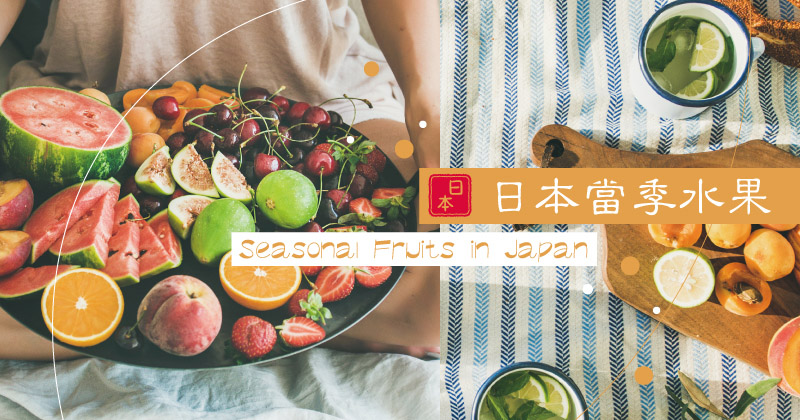
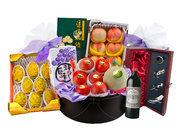

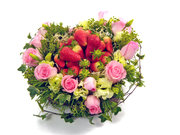
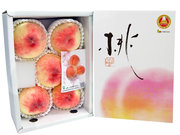




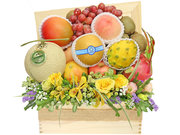
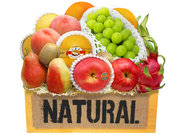
 Share
Share Tweet
Tweet +1
+1  Pin it
Pin it Post
Post  Weibo
Weibo Review
Review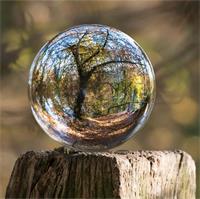


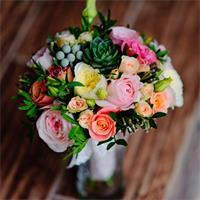
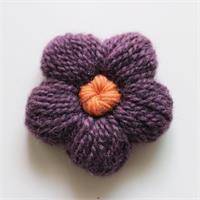

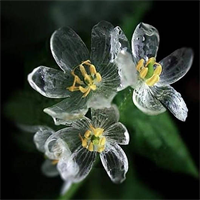
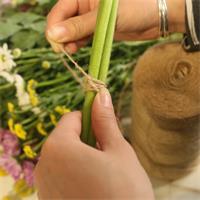
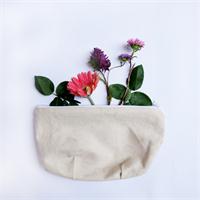





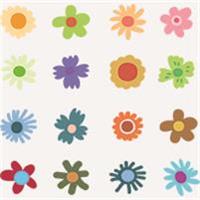





 Diwali Gifts
Diwali Gifts 
 ▶
▶